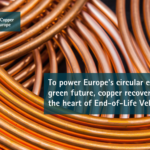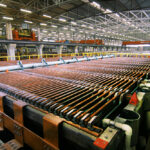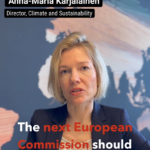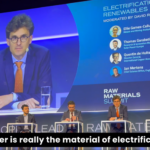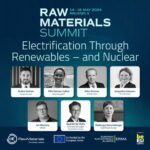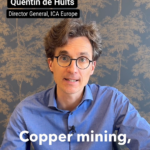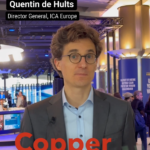Latest updates
The copper industry is committed to reducing the impact of its operations on the environment and communities. Members of the International Copper Association (ICA) have committed to a goal of bringing their copper production to net zero Scope 1 and 2 greenhouse gas emissions by 2050, based on a thorough analysis of technologies and conditions to decarbonise copper production.
ICA members are prepared to contribute to the EU’s resilience by developing more mining, refining, and recycling capabilities within EU borders and abroad while implementing high environmental protection and community development standards.
The upcoming European Commission and Parliament must put the European Union on a solid track toward climate neutrality and resilience. To achieve this, bold action must be taken to strengthen the strategic value chains for net zero industries, based on a broad approach encompassing raw materials, intermediate as well as final products.
This journey requires a collective effort in which policymakers, industry leaders, and civil society must closely work together. The Critical Raw Materials Act is a good first step to establishing an inviting and stable environment for investments in strategic raw material value chains that will fuel growth, spur innovation, create jobs, and bolster social stability.
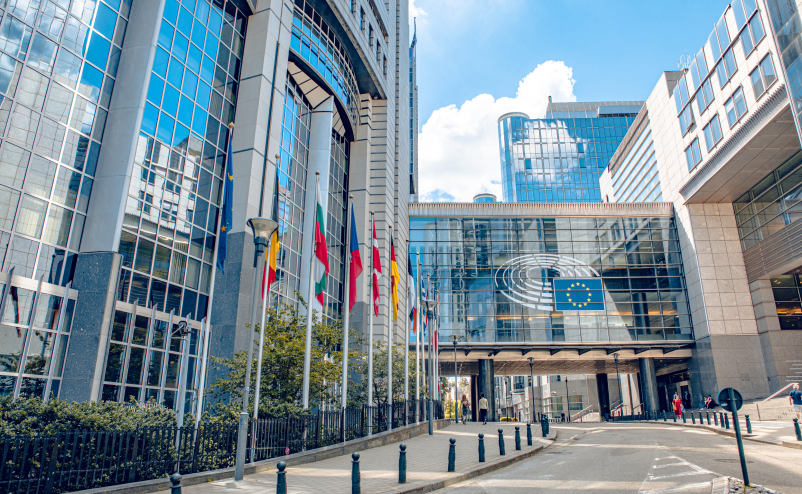
Yet, a more coordinated approach is needed to create a genuine EU Industrial Policy that balances the interests of citizens, businesses, and the environment to create the conditions for attracting investments in the strategic raw material value chains needed to deliver a climate-neutral, resilient EU. Concretely, this requires 5 elements to be in place:
“2030 is around the corner. Let us be bold and ambitious, let us create the conditions for strong net-zero value chains to deliver a strong, resilient, and climate-neutral EU. It is time for action, and you can count on the support of the copper industry!”
Quentin de Hults,
Director General, International Copper Association Europe

ICA members are prepared to contribute to the EU’s resilience by developing more mining, refining, and recycling capabilities within EU borders and abroad while implementing high environmental protection and community development standards.

